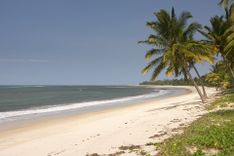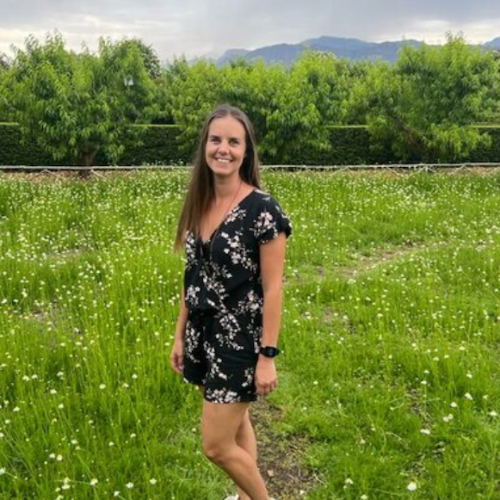1. Hike Mount Meru
Mount Meru is just outside Arusha and climbs up to 14,980 feet (4,566 meters), making it the second-highest mountain in Tanzania. It’s not as well-known as Kilimanjaro, though many hike it for the quieter trails and varied scenery.
The 3–4-day climb begins in Arusha National Park, where you’re likely to see giraffes, buffalo, and colobus monkeys. All treks are accompanied by an armed ranger, required by park regulations and helpful for spotting wildlife along the way. This is a great way to fill a Tanzania itinerary.
The trail climbs through rainforest, heath, and moorland to the crater rim before a final pre-dawn push to Socialist Peak. From the summit, Kilimanjaro is clearly visible on the horizon. Altitude can still be an issue here, but acclimatization tends to be more manageable than on Kili.
2. Tanzanite Experience Museum
If you're wondering how to plan a trip to Tanzania, you definitely won't want to miss this stop. Right in the heart of Arusha, this small museum walks you through the backstory of one of the rarest gemstones in the world: tanzanite. It’s only found near Mount Kilimanjaro, and geologists say the supply could run out within a few decades.
The museum covers how tanzanite was discovered in 1967, how it forms, and how it's mined and cut. These stones shift color depending on the angle—something called pleochroism.
The museum layout is small but well thought out, and the guides are usually great at breaking things down in a way that makes sense, even if you’re not a gem expert. There’s a shop at the end with tanzanite jewelry, but it’s just as interesting to walk through and learn a bit about a stone that only exists here.





